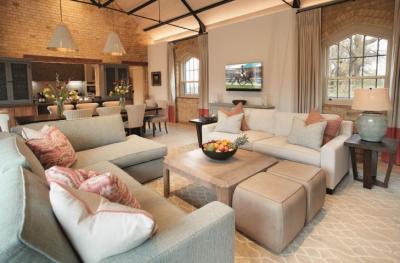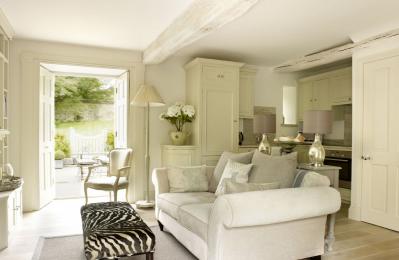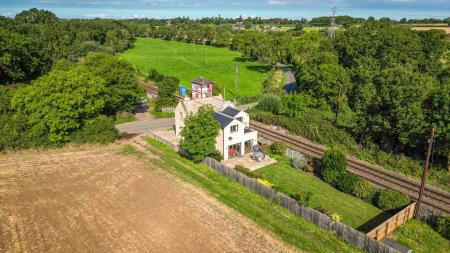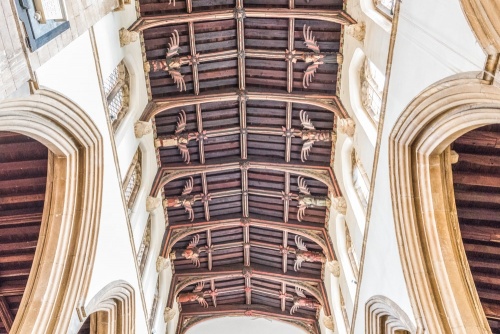
History
The present building is [at least] the third church on this site. The first church was built in the late 12th century in Romanesque style, probably by the Norman lords of Stamford the Humet family.
In the 14th century, the church was confiscated by the Crown and in 1390 it was sold to Beauvale Priory in Northamptonshire, but in 1413 a group of local clergy and nobles banded together to purchase the church and rebuilt it as we see today.
This beautiful building is an indication of the wealth of the local wool merchants in the late medieval period. We are fortunate that the church is so complete, for just 10 years after the 1451 rebuilding, the town of Stamford was heavily damaged by Lancastrian soldiers during the Wars of the Roses. Luckily the church escaped unscathed.
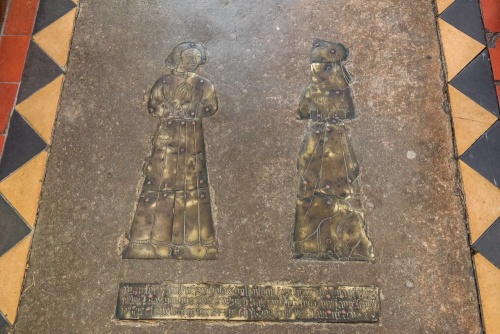
The pinnacled church tower is easily viewed from Stamford High Street, though the church is a little overwhelmed by surrounding shops.
Just inside the churchyard, near the south entrance, is a section of beautifully moulded carved stone from the earlier 12th-century church on this site.
The Angel Roof
One of the best features of this spacious church is the carved roof of the nave, featuring a collection of 15th-century angel bosses. Each angel is unique and holds a different item in its hands. For example, one angel holds a spear, another is ringing a pair of bells. The carved angels are original but they were repainted during the Victorian restoration.
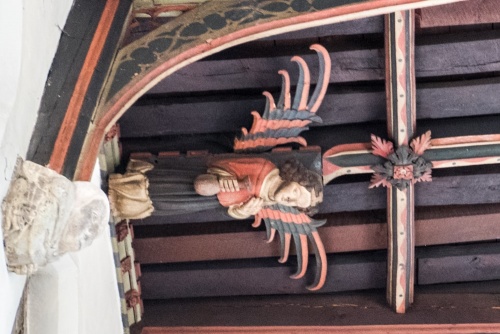
The roof timbers rest on grotesque and humourous carved stone corbel heads that may depict local residents. Look for the carved corbel on the south side of the nave roof with two faces, one laughing and the other contorted in a grimace.
Across the south chancel arch is the original 15th-century chancel screen, notable for its beautifully carved patterns.
On the south wall is a plaque commemorating the conductor Sir Malcolm Sargent (1895-1967), whose father served St John's as the organist and choirmaster. Young Malcolm learned to play the organ in St John's and regularly sang in the church choir. In the south-west corner is the 15th-century font, notable for its intricate quatrefoil panels. It is topped by a wooden font cover made in the 17th century.
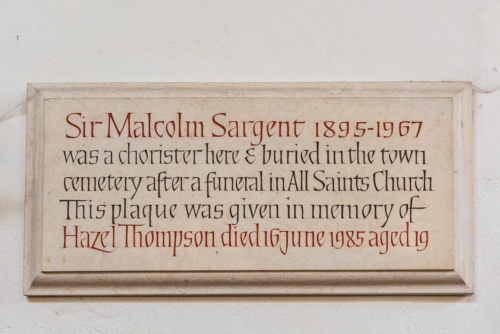
Another feature is the beautifully carved wooden benches, designed by Edward Browning for a mid-Victorian restoration in High Church style. Most of the stained glass is Victorian, including windows by the famous London firm of Clayton and Bell.
There are very fine monuments from the Georgian through the Victorian period, and the windows retain some glass panels from the 1451 rebuilding.
Medieval Brasses
The oldest memorial is a brass to Nicholas Byldsdon and his wife Kateryn, who died in 1489. Nicholas lived on to become an Alderman of Stamford twice, in 1492 and 1501. He is depicted as a wealthy merchant, with a fur-lined robe and an iron-framed money bag hanging from his belt. Two smaller brass plates commemorate the Byldsdon's four sons and five daughters. The brass was found stored in the parish chest in 1906.
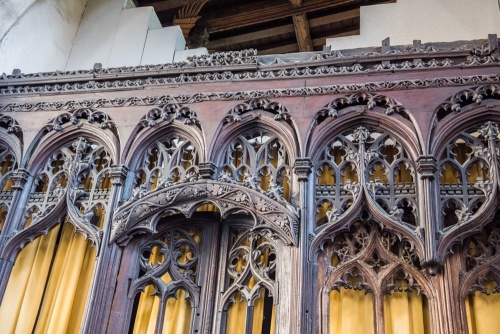
There is another late-medieval brass in the doorway between the chancel and south chapel. It commemorates Henry Sargeant (d. 1497). The matrix (the stone the brass is set in) was recut in 1774 to record the death of Thomas Bright at the age of just eight years.
Look for a poignant memorial to John Booth, who died at the age of seven in 1799. His memorial depicts a woman mourning over an urn. An incised inscription reads,
'To Him a length of Days in mercy God denied
Who never gave his Parents pain but when he died'
If you look closely you can see that the inscription has been altered and the first line originally read,
'To Him a length of Days the cruel Fates denied'
Why did young john's parents decide to alter the verse?
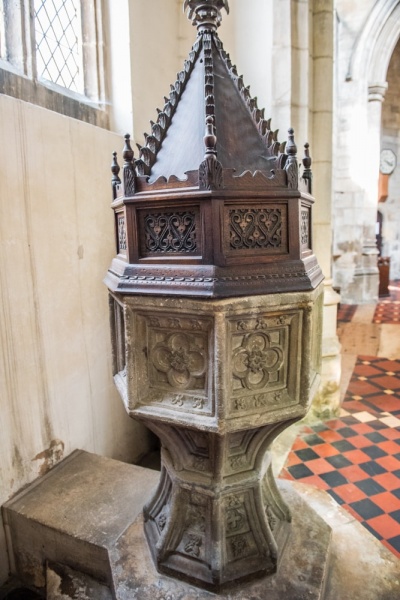
On the south aisle wall are two early 18th-century altar frontals made of dark blue serge material. One is dated 1718 and depicts a sunburst with a verse from the Gospel of Luke, while the other is dated 1701 and depicts a garland.
There are four bells, three of which date to the 16th century. The oldest was cast in 1550.
The church is no longer used for regular worship and is in the care of the Churches Conservation Trust. It is normally open daily to visitors.
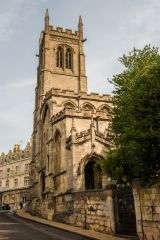
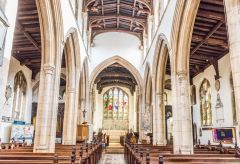
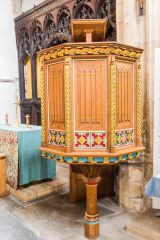
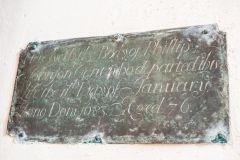
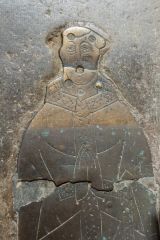
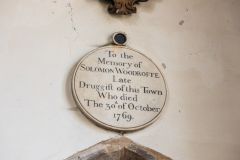
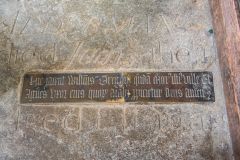
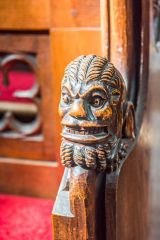
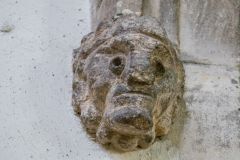
 We've 'tagged' this attraction information to help you find related historic attractions and learn more about major time periods mentioned.
We've 'tagged' this attraction information to help you find related historic attractions and learn more about major time periods mentioned.